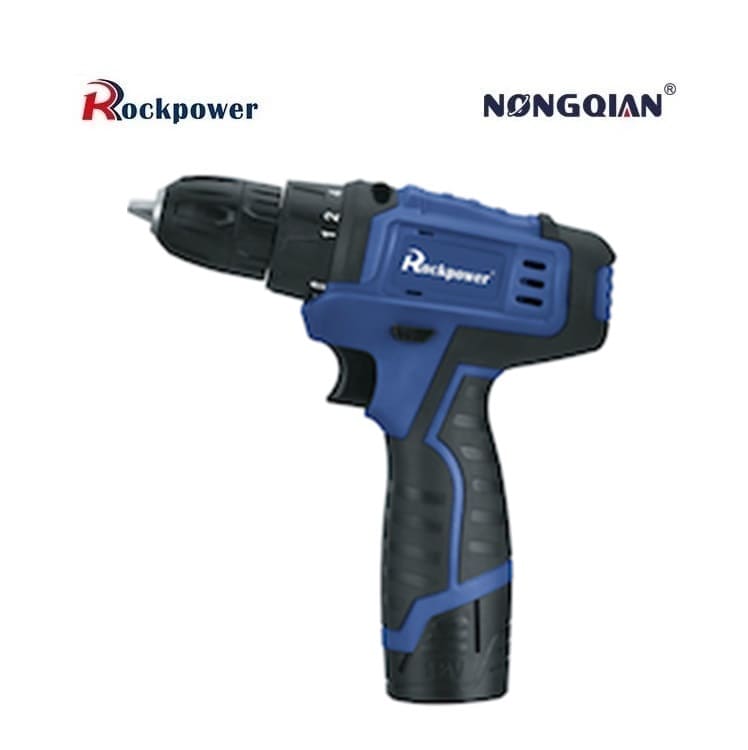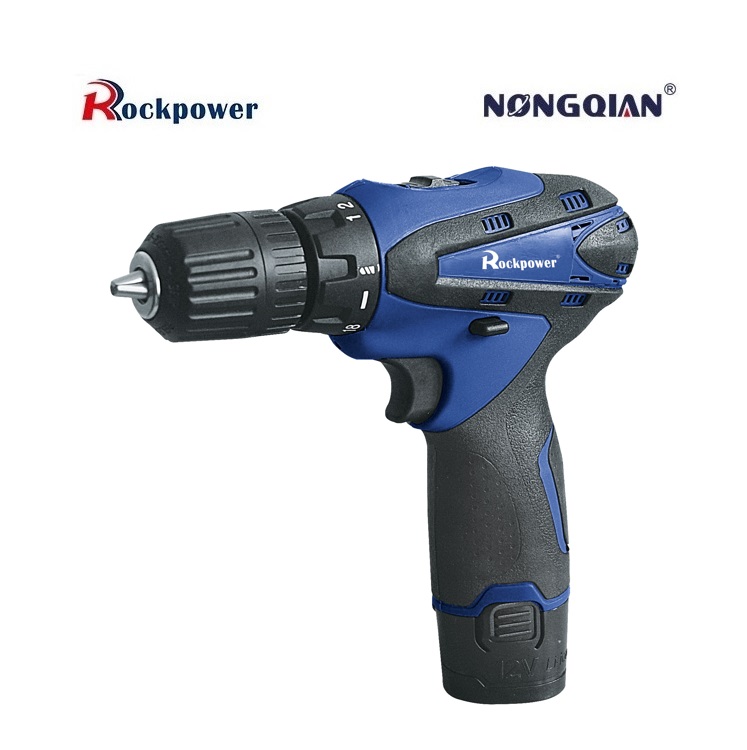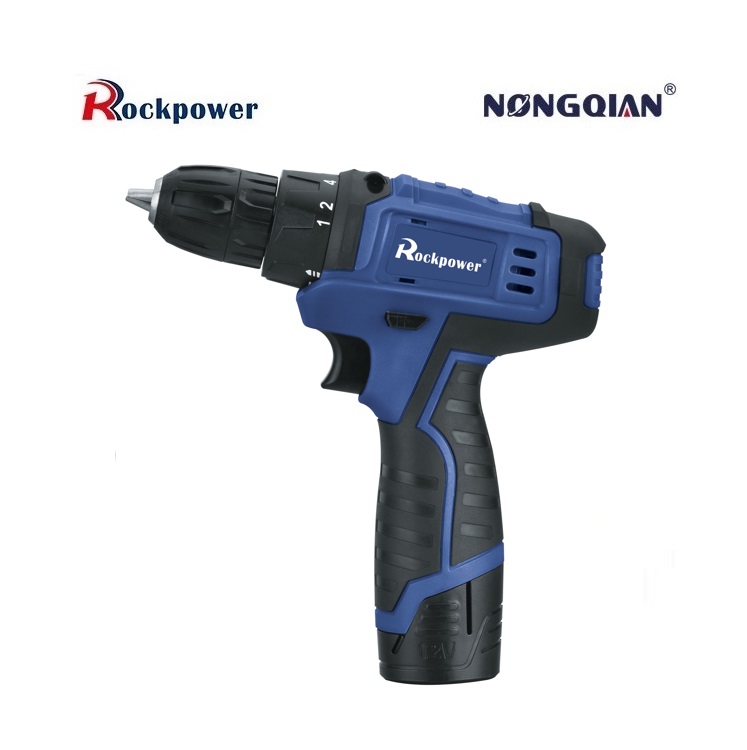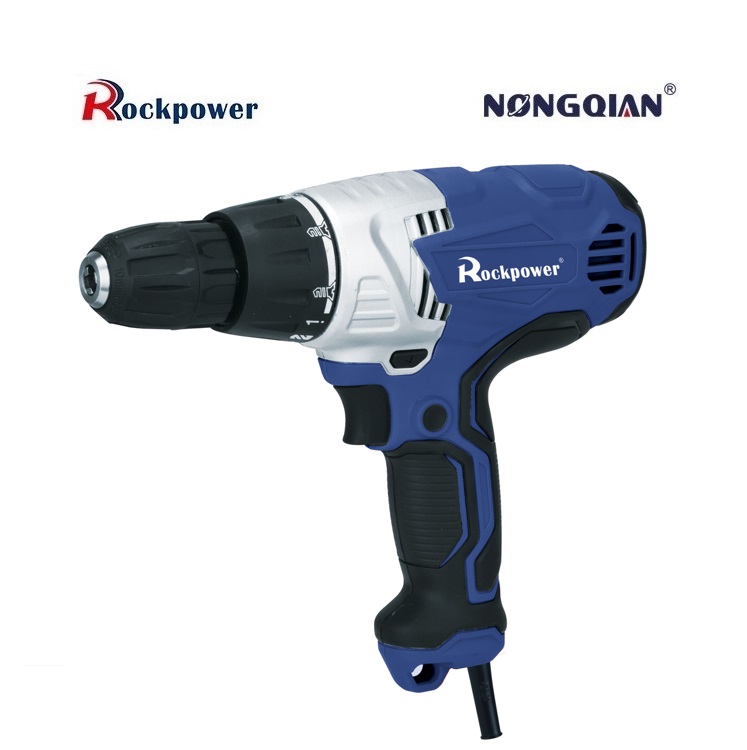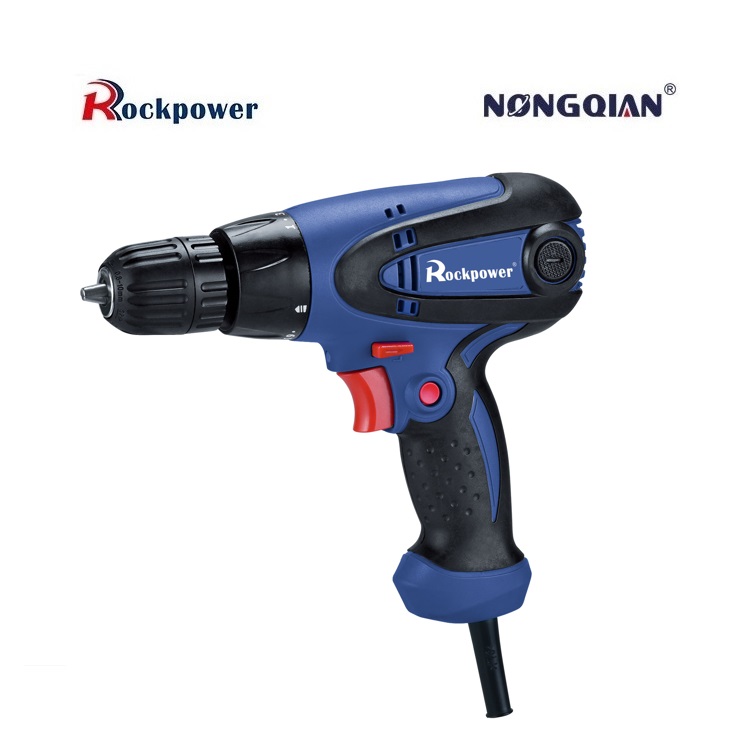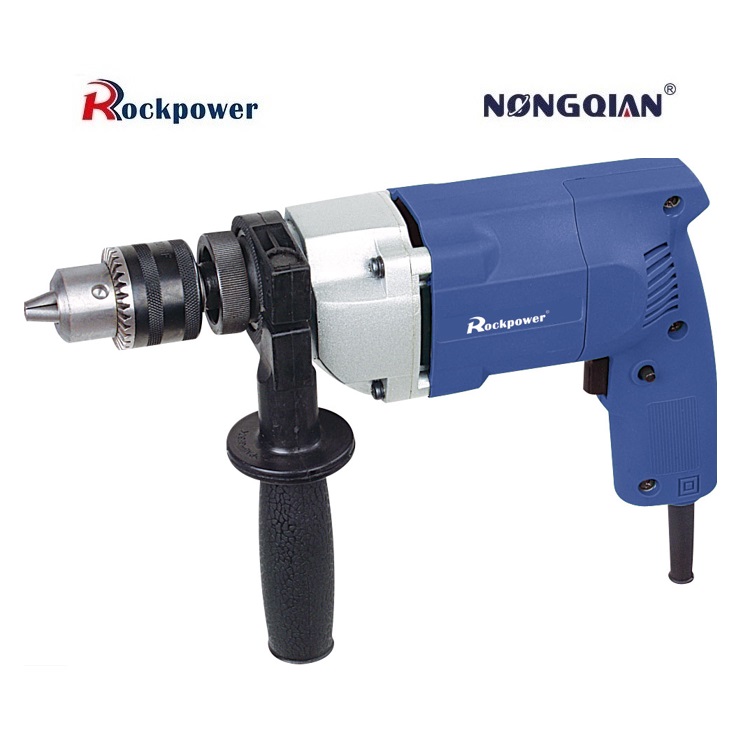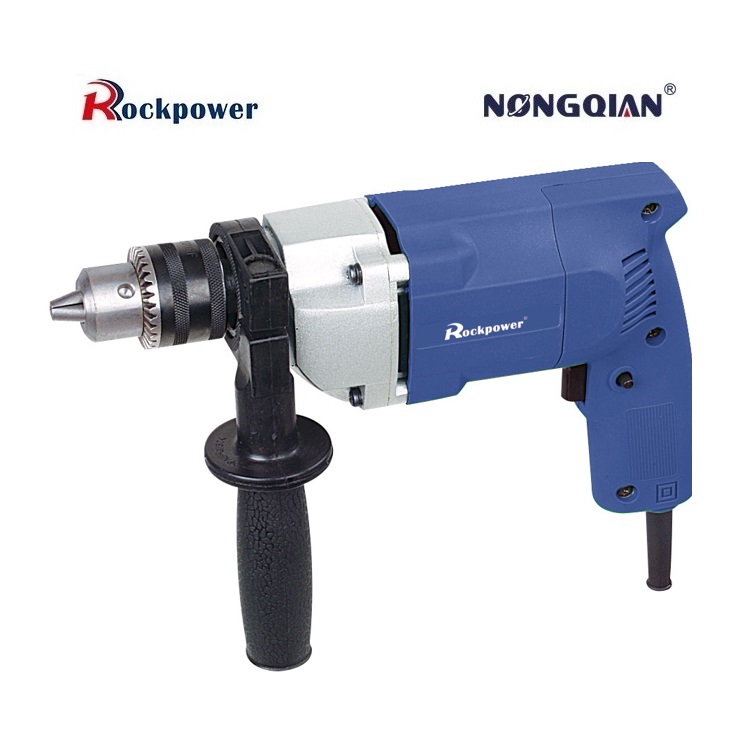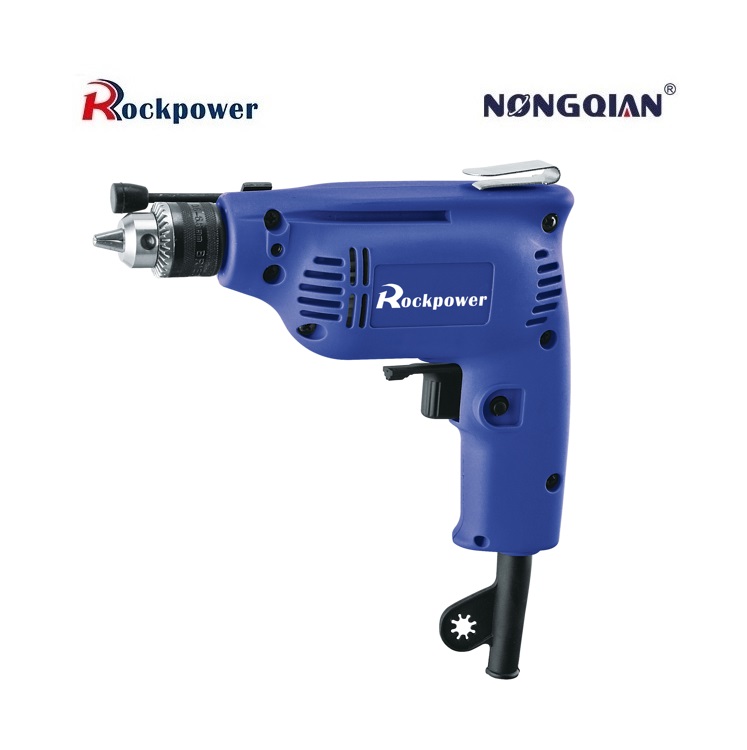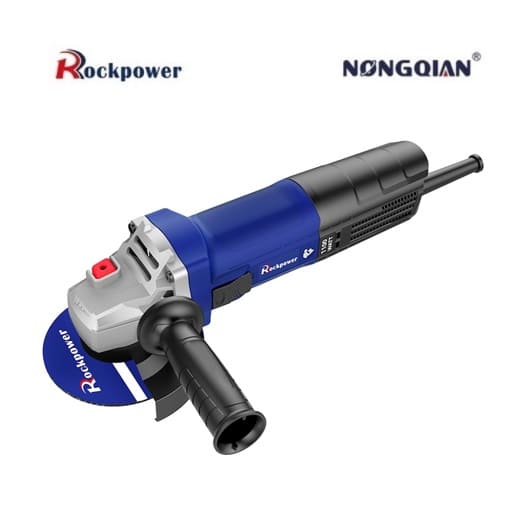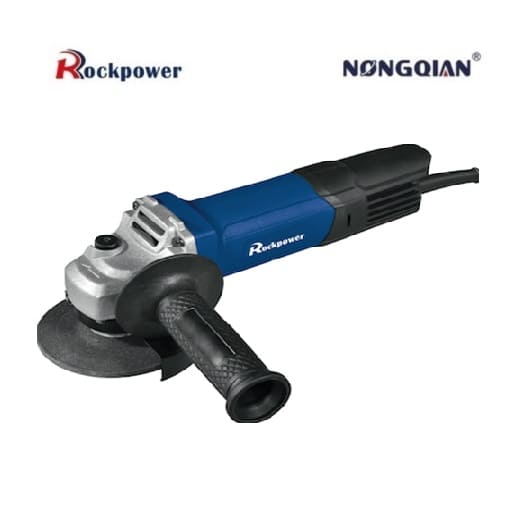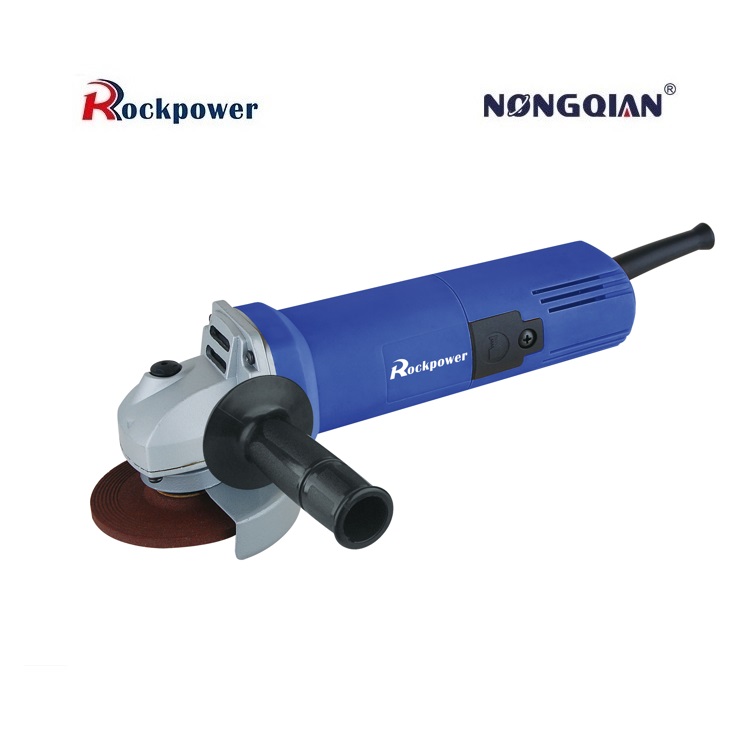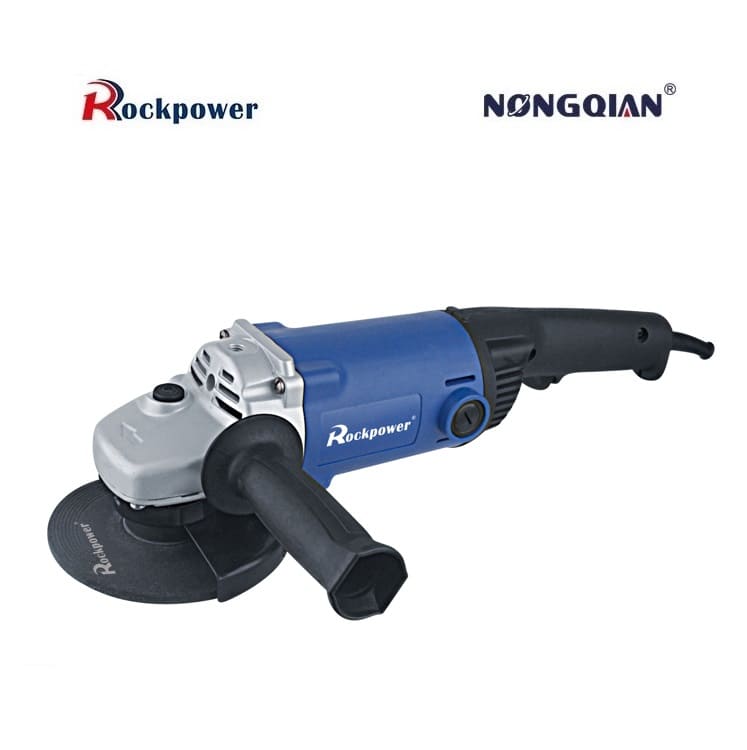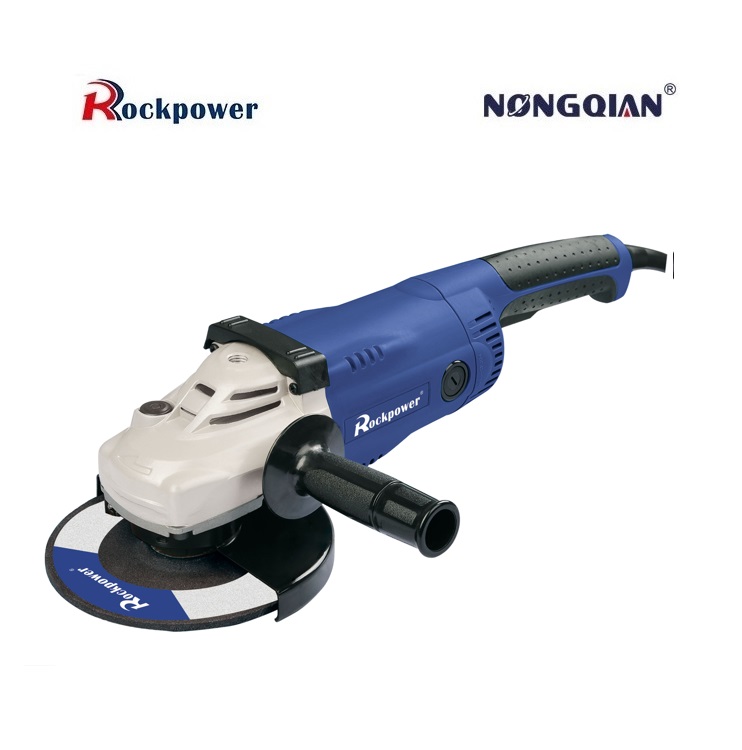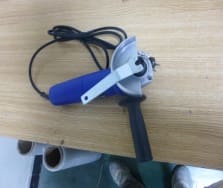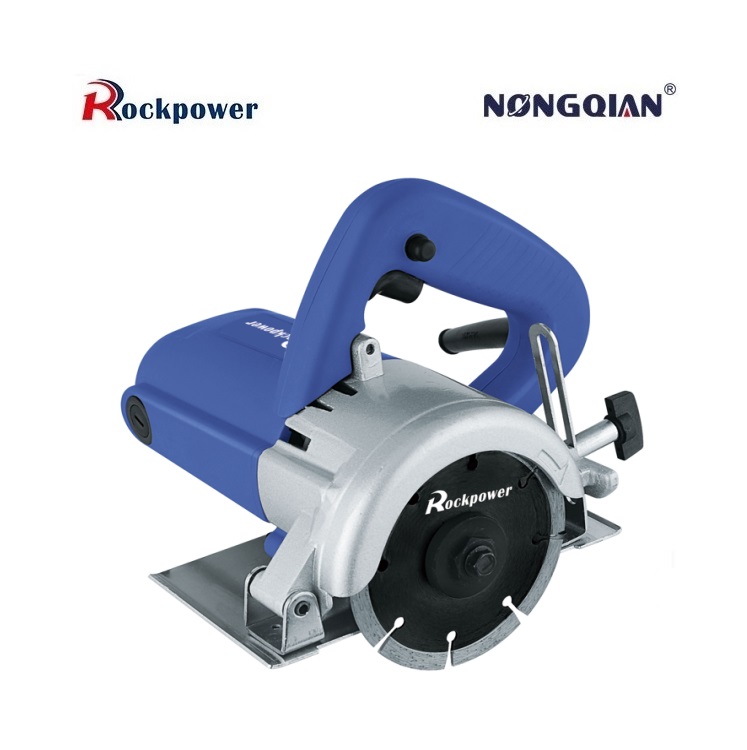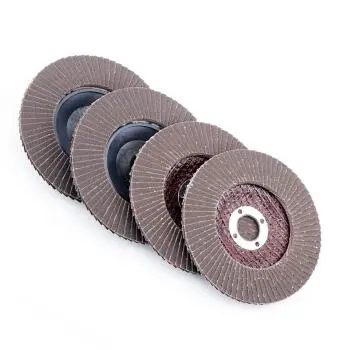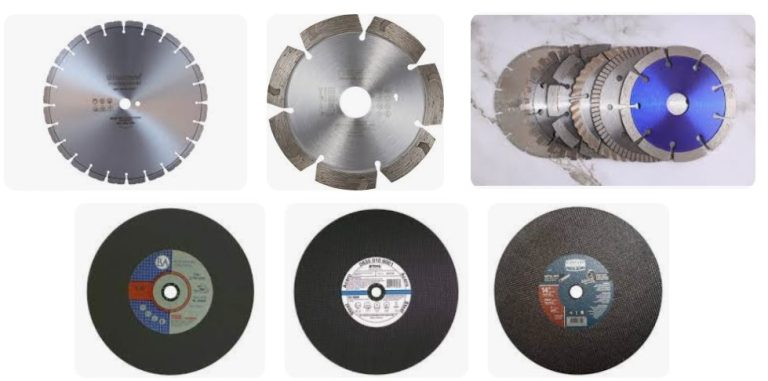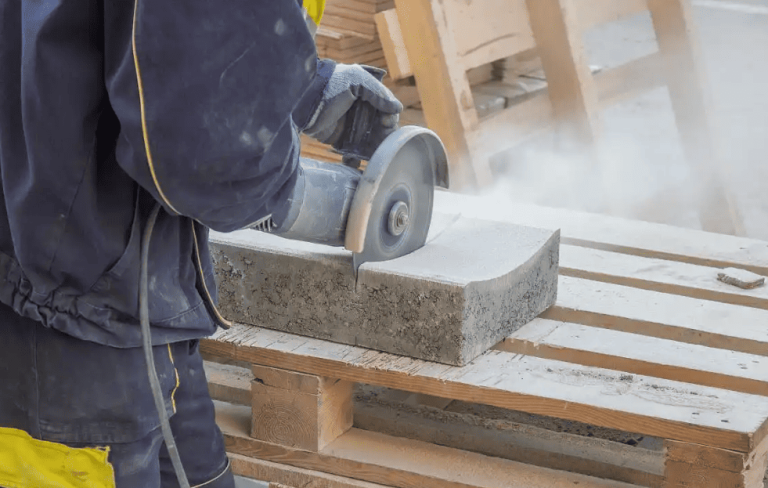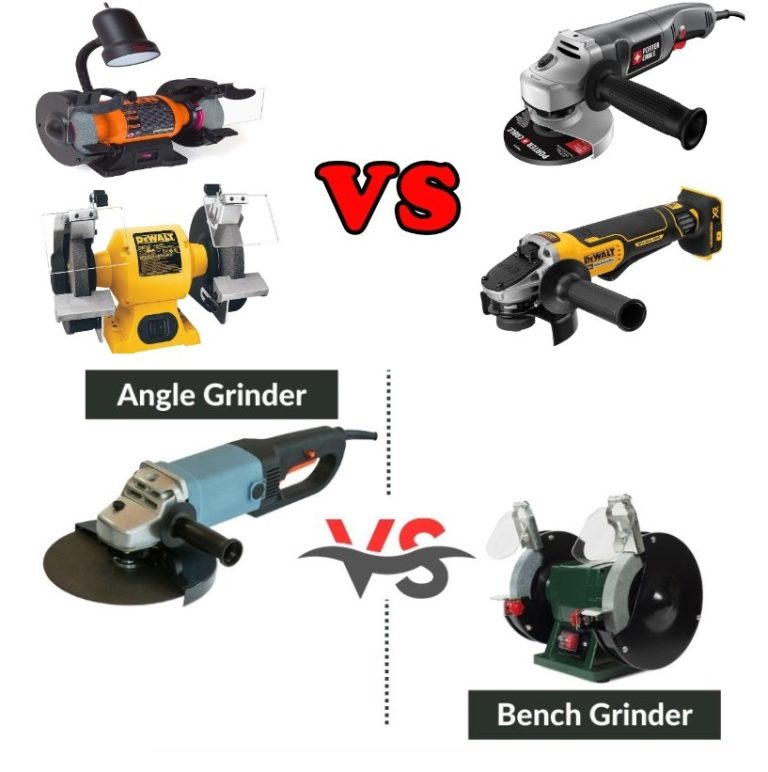Can an 18V drill go through concrete?
Whether an 18V drill can penetrate concrete depends on the specific model and working conditions. Some 18V brushless lithium drills are capable of penetrating concrete, but the following factors must be considered:
Key Influencing Factors
- Power and Torque:
- The power of an 18V drill typically ranges from 720W to 1000W, with a relatively narrow torque range (e.g., a 3/8″ chuck may provide a maximum torque of about 45-60Nm).
- Suitable for small-diameter drilling (e.g., 6-13mm) on concrete surfaces.
- Drill Bit Type:
- Specialized concrete drill bits (e.g., two-flute round shank bits) are required.
- Efficiency can be improved with an SDS quick-change system.
- Operation Method:
- Vertical drilling is easier; angled or complex drilling may require higher-power equipment.
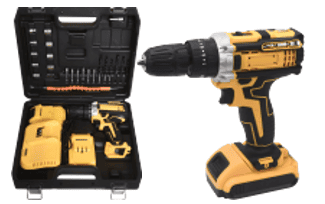
Recommended Models
- SATA 18V Brushless Hammer Drill 51131:
- Impact energy: 2.8J
- Compatible with 26mm drill bits, suitable for medium-hardness materials like floors and brick walls.
- Bosch GBH180-LI:
- Equipped with a brushless motor, offering 25% longer battery life.
- Safety clutch design prevents kickback when hitting rebar.
For thicker concrete or reinforced structures, a 20V or higher-power tool is recommended.
What Voltage Is Needed for a Handheld Drill to Penetrate Concrete?
1. Voltage Requirements for Concrete Drilling
The voltage required for a handheld drill to penetrate concrete depends on the drill’s power and the hardness of the concrete. Generally:
- 18V-24V: Suitable for light concrete work (e.g., small holes or soft concrete), commonly used in DIY or household applications (e.g., Bosch GBH 18V-26).
- 36V and above: Ideal for heavy-duty concrete drilling (e.g., reinforced concrete or continuous operation), such as professional-grade tools like the DeWalt DCH273B 36V hammer drill.
Professional Reference: According to the Electric Tool Safety Standard (IEC 60745-1), the rated voltage for concrete drilling tools typically ranges from 18V to 36V. Higher voltage provides greater torque and penetration force (Source: International Electrotechnical Commission).
2. Why Is Voltage a Critical Factor?
- Power and Efficiency: Higher voltage means greater motor power (Power = Voltage × Current). For example, a 36V drill delivers stronger impact force than an 18V one.
- Battery Runtime: High-voltage batteries (e.g., 20V Max) may operate below their nominal voltage; continuous output performance should be checked.
3. Purchasing and Usage Recommendations
- Matching Drill Bit Type: Tungsten carbide bits are standard for concrete drilling and work best with high-voltage drills.
- Safety Precautions:
- Wear safety goggles and a dust mask.
- Avoid prolonged continuous use to prevent motor overheating.
- Brand Recommendations:
- Household Use: Xiaomi Mi 12V (only for soft concrete).
- Professional Use: Hilti TE 6-A22 (22V, suitable for high-intensity work).
Additional Note: If the concrete contains rebar, a 36V tool with a “hammer function” (rotation + impact) is recommended. Relying solely on voltage may not suffice.
You may also interest to read similar questions:
What to look for when buying a cordless drill?
When to use impact vs drill?
Is a brushless drill better?
What does “brushless” mean on a drill?
Are corded drills more powerful?
Is a hammer drill more powerful than a regular drill?

